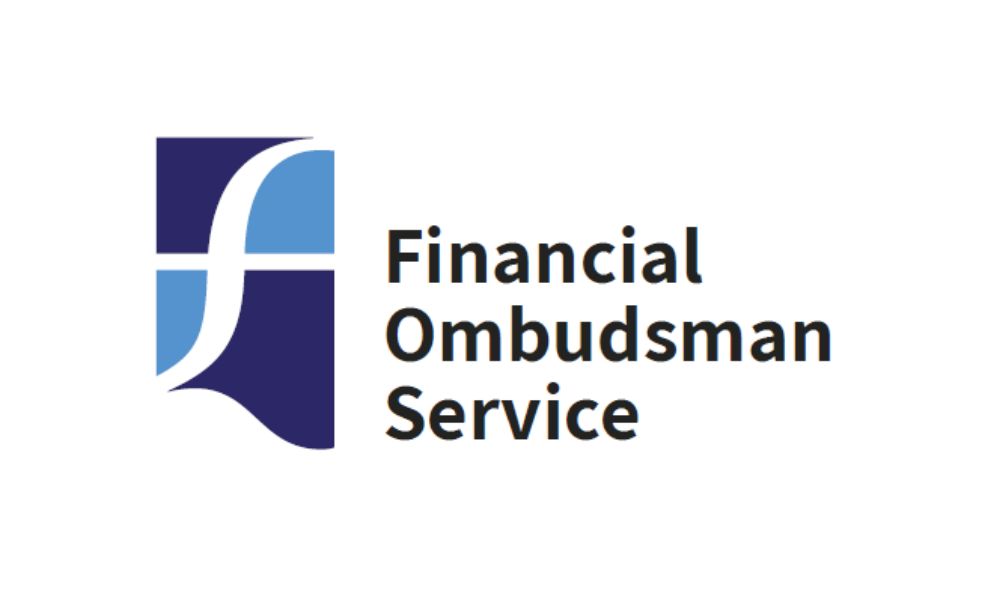

In the final 2025 edition of the Big Question series, experts from across the market delved into the regulatory actions they have been most pleased with and disappointed with, during the last 12 months. This is your chance to hear the views of Carpenters Group, Claims Consortium Group, the LMA, LIIBA, BIBA, OneAdvent, Sedgwick, iCAN, Acies MGU, Konsileo, WTW Networks and ALPS Ltd.


















